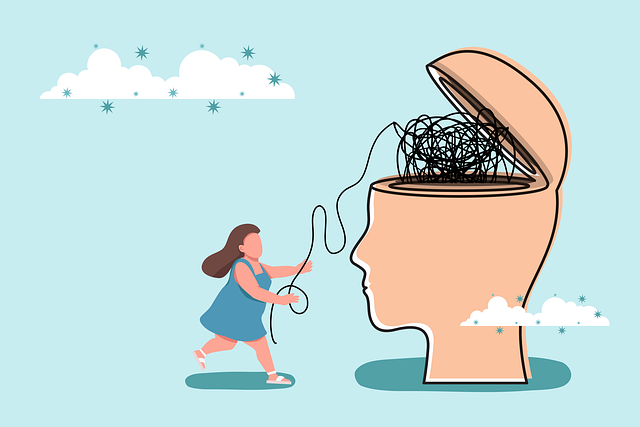Cravings are your body’s way of signaling a need or imbalance. A craving for carrots, while seemingly random, can be linked to several underlying causes. Let’s explore the potential reasons for this specific food craving and what it might mean for your health.
#1. Nutrient Deficiency
Carrots are known for their high vitamin A content, which plays a critical role in maintaining good vision, skin health, and a robust immune system. A craving for carrots could suggest that your body is lacking this essential nutrient. Vitamin A deficiency can lead to various issues, including dry skin, weakened immune function, and even night blindness.
Beyond vitamin A, carrots also contain:
- Vitamin K: Important for blood clotting and bone health.
- Potassium: Helps maintain healthy blood pressure levels and supports proper muscle and nerve function.
- Fiber: Aids in digestion and promotes gut health.
If your diet is low in these nutrients, especially vitamin A, your body might naturally push you toward foods like carrots that are rich in them.
#2. Low Blood Sugar
Carrots contain natural sugars that provide a mild energy boost. If your blood sugar levels drop, your body may crave foods that can offer a quick source of glucose. While carrots are not as sugary as candy or other snacks, their sweetness can still help satisfy this need for sugar in a healthier way.
Low blood sugar can occur for many reasons, including skipping meals, eating a diet too low in carbohydrates, or engaging in physical activity without replenishing energy stores. If you frequently experience low blood sugar, it’s worth considering a more balanced diet that includes regular, nutritious meals.
#3. Dietary Habits and Preference
Cravings can sometimes be based on habits or preferences that you’ve developed over time. If you’ve been incorporating carrots into your diet regularly, you may simply have developed a taste for them. Your body might crave them because they’ve become a familiar and enjoyable part of your routine.
For example, if you enjoy snacking on carrots because they are crunchy and sweet, it’s possible your craving is tied more to your liking of the taste and texture rather than a specific nutrient need.
#4. Dehydration
Carrots have a high water content, with over 85% of their weight made up of water. If you’re slightly dehydrated, your body might crave foods that can provide some hydration. While drinking water is the best way to stay hydrated, eating water-rich foods like carrots can also help contribute to your overall fluid intake.
Mild dehydration can cause feelings of hunger or cravings as your body seeks to regain fluid balance. If you notice a craving for carrots, try drinking some water first to see if that satisfies the craving.
#5. Psychological or Emotional Connection
Sometimes, food cravings are linked to emotions or memories. Carrots might be associated with comfort or a positive experience from your past. For example, if you have fond memories of eating carrot sticks as a child or during a specific event, your body may crave them during times of stress or nostalgia.
Cravings for specific foods can be linked to emotional needs, as eating those foods brings comfort or pleasure. In this case, the craving might not have a direct nutritional cause but rather an emotional one.
#6. Weight Management and Healthy Eating Goals
Carrots are a low-calorie food that can be filling due to their high fiber content. If you’re focusing on weight management or maintaining a healthy diet, your body might crave carrots because they are a nutritious snack that aligns with your goals. The fiber in carrots helps you feel full, which can reduce the desire for more calorie-dense foods.
If you’re aiming to maintain or lose weight, a craving for carrots might be your body’s way of seeking out a healthy option to satisfy hunger without adding excess calories.
How to Handle Cravings for Carrots?
Craving carrots is generally a healthy sign, as they are packed with beneficial nutrients. However, if the craving becomes intense or persistent, it may be worth considering the following steps:
Check Your Overall Diet:
Ensure you’re getting enough vitamins and minerals through a balanced diet. If you suspect a vitamin A deficiency, consult with a healthcare provider who may recommend adjusting your diet or taking supplements.
Stay Hydrated:
Make sure you’re drinking enough water throughout the day. Sometimes, what feels like hunger or a craving is actually thirst.
Monitor Blood Sugar Levels:
If you frequently experience low energy or sugar cravings, consider eating more regular meals that include complex carbohydrates, protein, and healthy fats to keep your blood sugar stable.
Pay Attention to Emotional Eating:
If your craving seems to be tied to stress or emotional needs, explore non-food ways to manage those emotions, such as meditation, journaling, or talking to someone.
Enjoy Carrots as Part of a Balanced Diet:
There’s nothing wrong with craving carrots, but make sure they’re part of a diverse and nutrient-rich diet. Include other vegetables, fruits, whole grains, and protein sources to keep your meals well-rounded.
Conclusion:
Craving carrots can result from a variety of factors, from nutritional needs to emotional comfort. While it’s generally a healthy craving, it’s important to listen to your body and ensure that your diet as a whole is balanced. Carrots are an excellent snack, providing a range of nutrients, but they shouldn’t be relied upon as your only source of nutrition. By understanding the potential reasons behind your craving, you can make informed choices to support your overall health.













